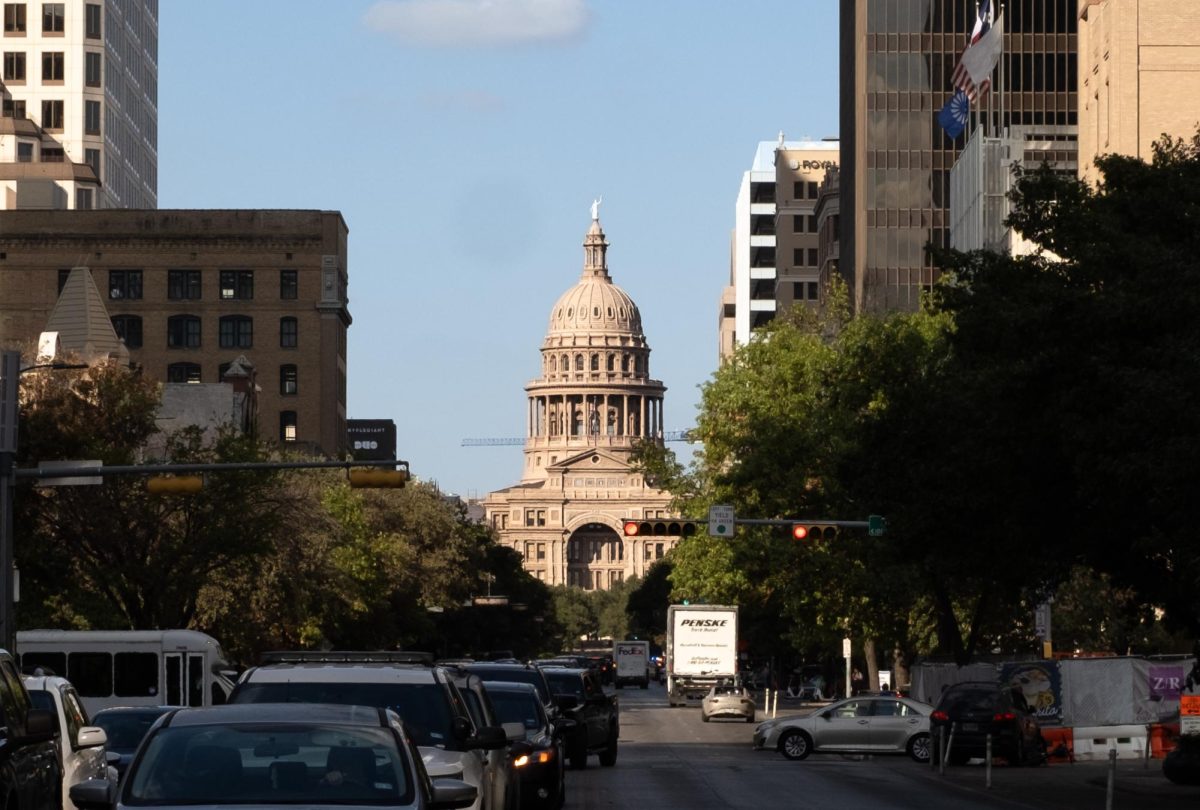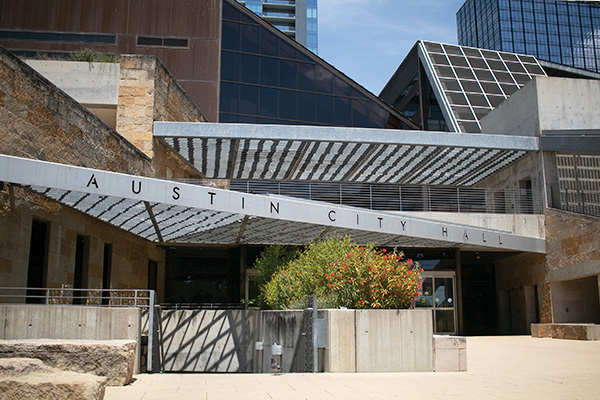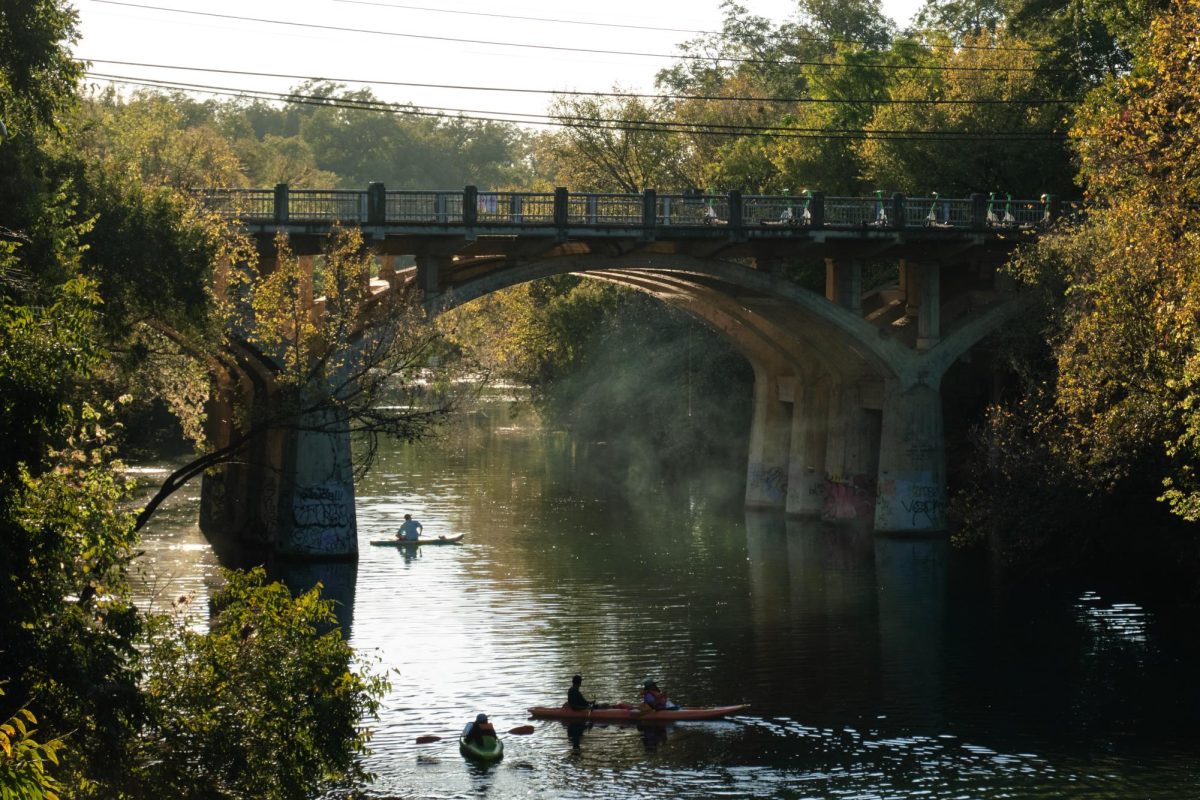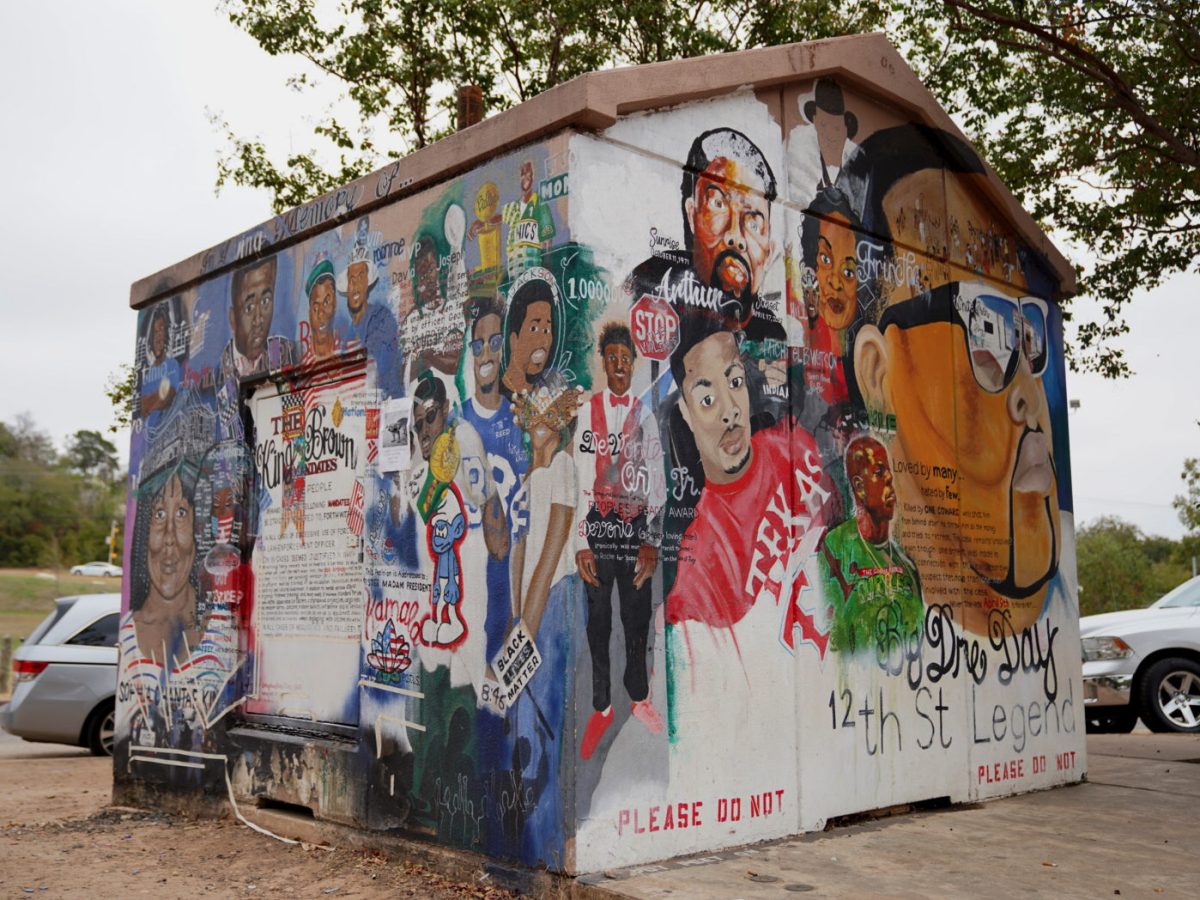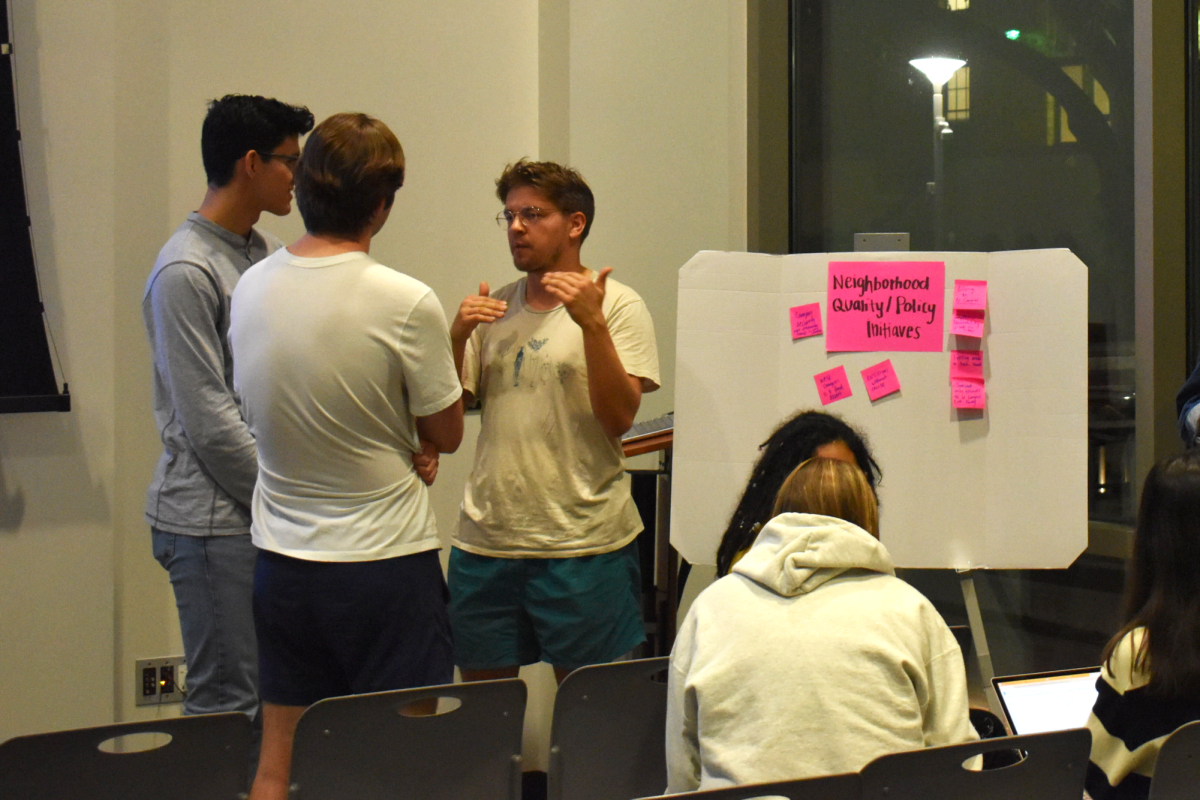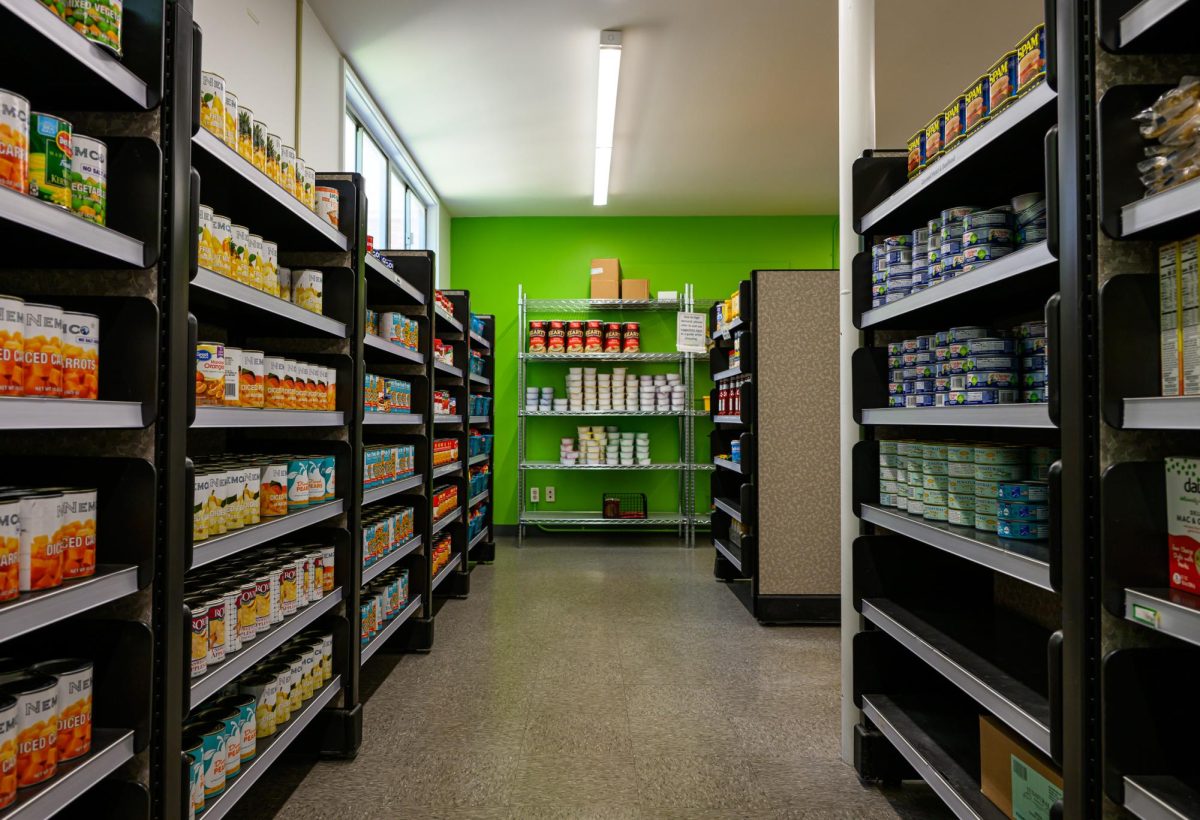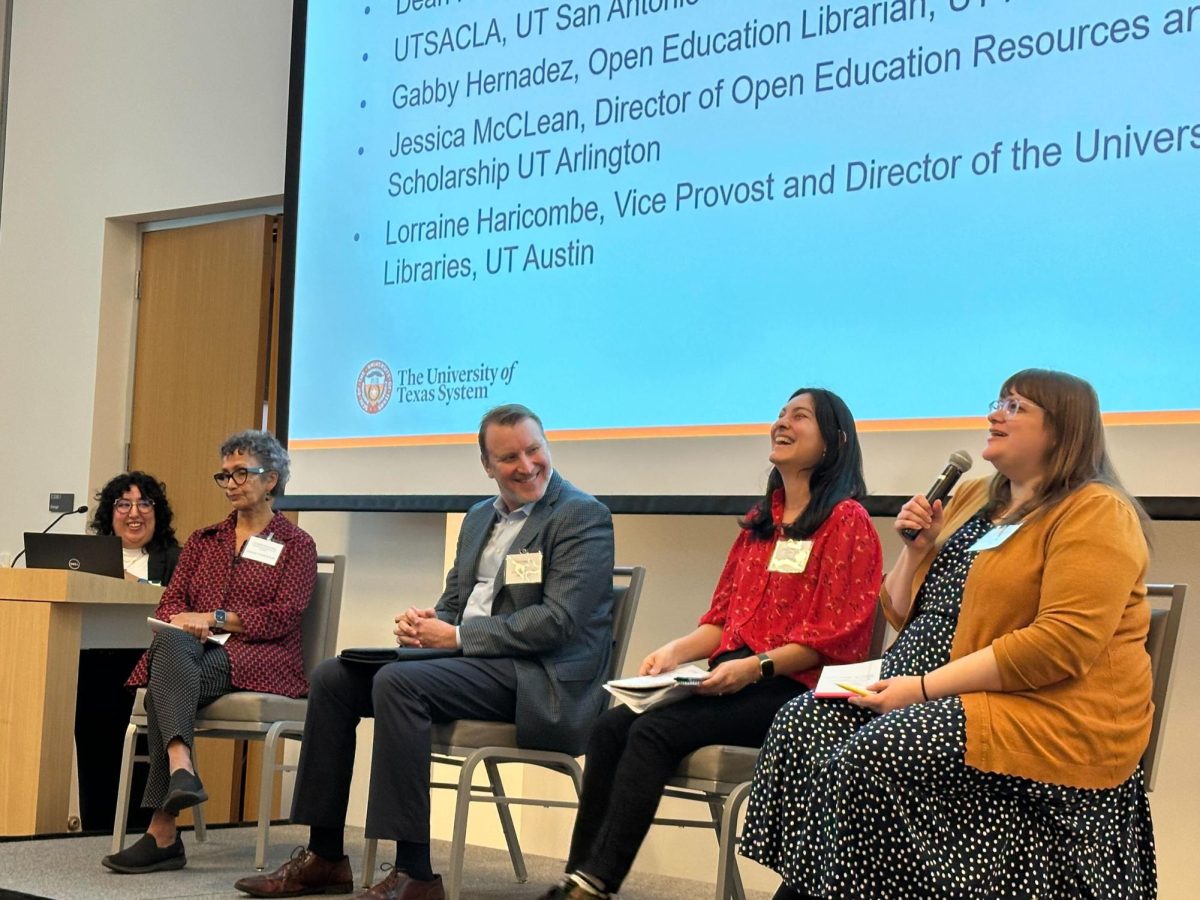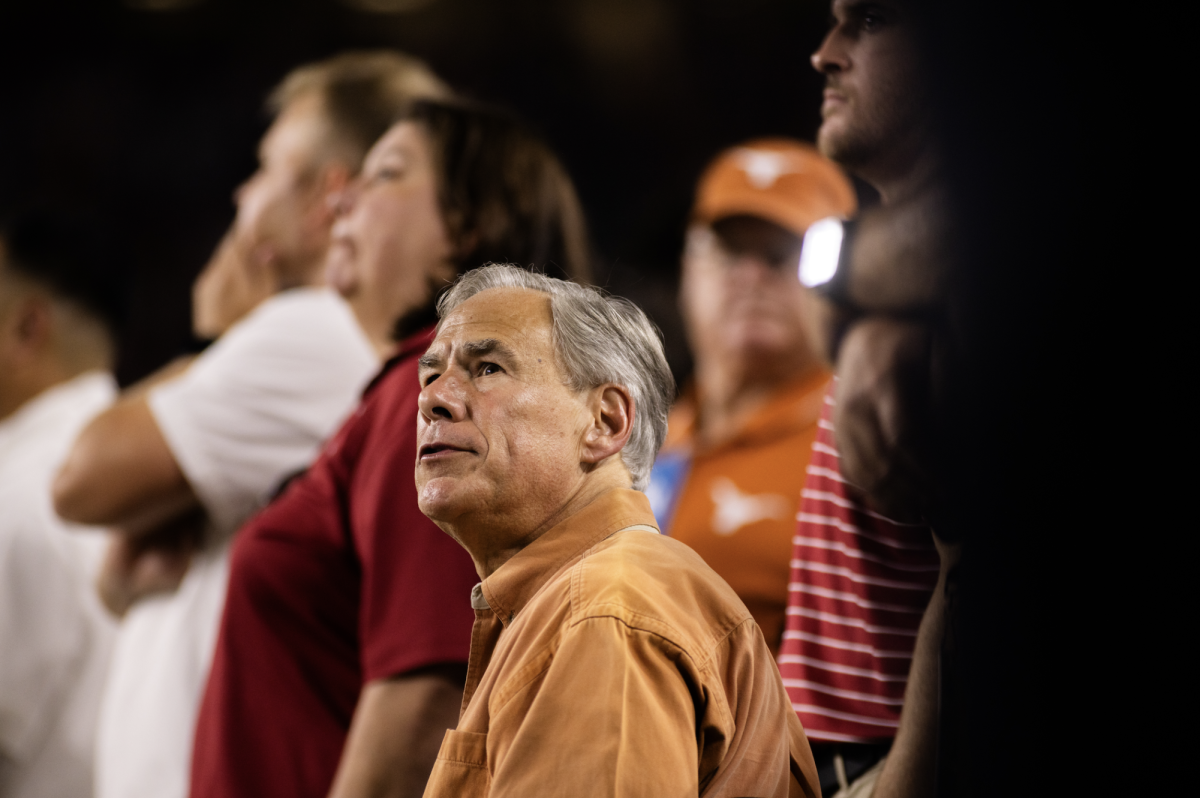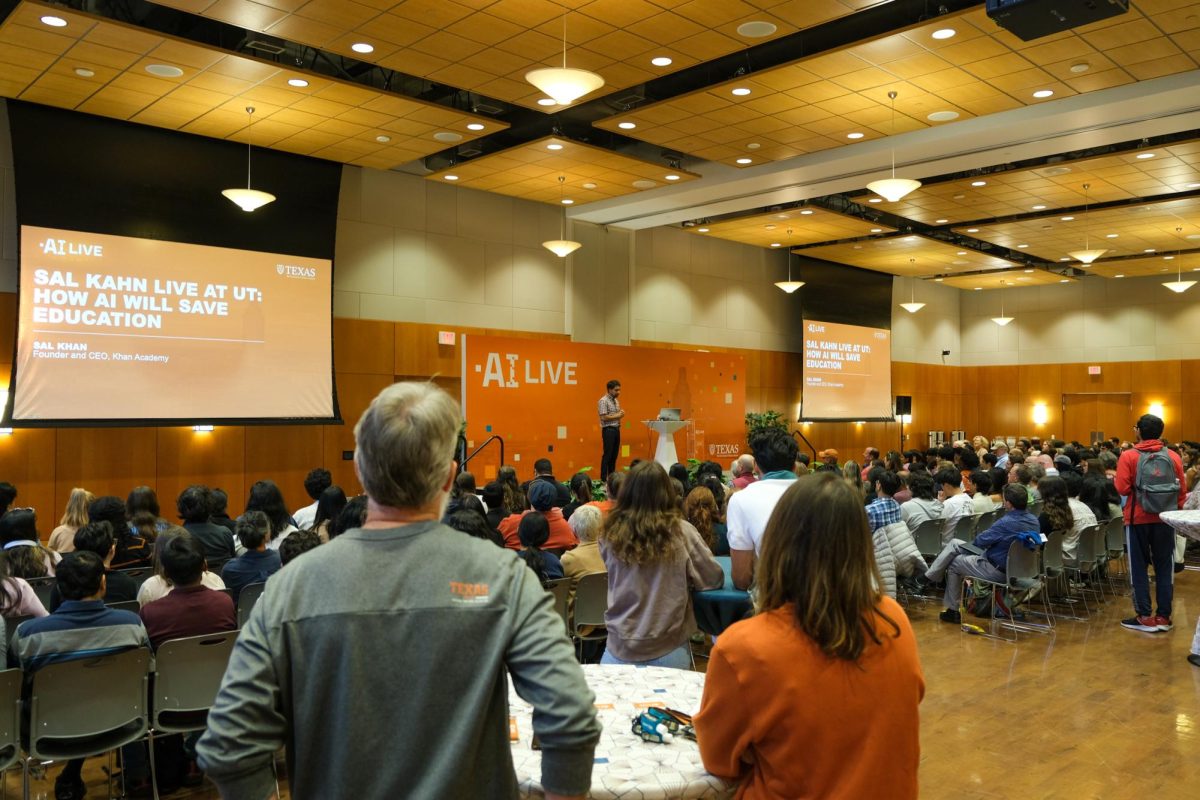Leaders from the Austin Transportation and Public Works Department hosted a public forum on Tuesday to discuss a design initiative for Congress Avenue aimed at revitalizing the area south of the Texas Capitol and increasing pedestrian access.
Voters initially approved the project — called the Congress Avenue Urban Design Initiative — as part of a $22 million bond in 2020, according to the initiative’s plan. It states the initiative’s first phase would replace motor vehicle lanes between 7th to 11th Streets with a pedestrian plaza similar to the mall north of the Capitol.
While full funding for all four blocks is pending, interim developments will include colorful murals, wooden decks replacing angled parking and more protected bike lanes, said Laura Dierenfield, division manager of the Austin Transportation Department.
While many attendees supported the initiative, Dierenfield said they raised concerns about removing angled parking spaces and the potential impact on motor vehicle access for local businesses. She said some business owners worry reduced access could hinder deliveries and supply chains.
“The State and Paramount Theaters rely on access for some of their load-in of food and beverages,” Dierenfield said. “Because they all can’t use the alley back there for long-term storage, there may need to be some select access here for them to function as they do today.”
Austin hosts approximately 71,000 parking spaces downtown, with about 34,000 always available to the public, Dierenfield said, and the proposed changes would affect only 94 parking spaces.
Adam Greenfield, director of Advocacy for Safe Streets Austin, highlighted the need for revitalization, citing the area’s challenges in attracting visitors.
“It’s a struggling commercial environment,” Greenfield said. “People generally only are passing through, and this project could potentially change that and make this a street that is worth coming to and staying active.”
City leaders plan to hold another forum on Friday to gather more feedback. Insights from the sessions will be reported by the end of 2024, and a final construction plan is expected in early 2025.
“It’s important to note this is not a done deal,” Dierenfield said. “This is an idea that we want to understand better from everyone.”

